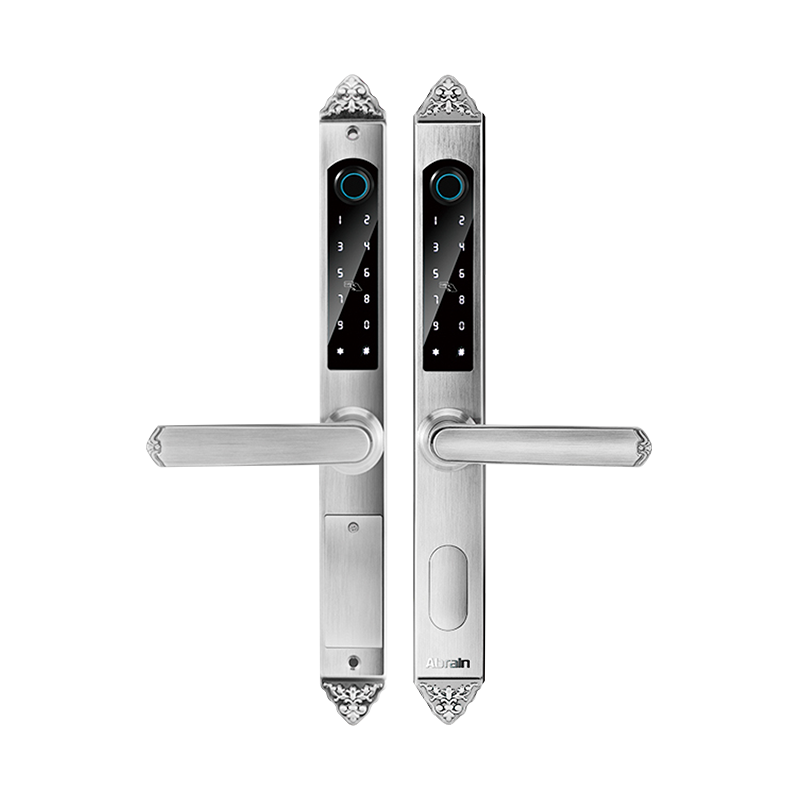Introduction to Fingerprint Front Lock: A Modern Solution to Home Security
Fingerprint front locks work by scanning the fingerprint of an authorized user and matching it against a stored template. If the fingerprint matches, the lock will automatically disengage, granting access. These locks often eliminate the need for physical keys, PIN codes, or cards, making it both easier and safer for homeowners to secure their properties.

The main advantage of fingerprint front locks is their enhanced security. Since each individual's fingerprint is unique, it's almost impossible to duplicate or forge, making unauthorized access difficult. Additionally, many models allow users to store multiple fingerprints, which is ideal for families or multi-tenant residences.
Fingerprint front locks also offer convenience—no more fumbling for keys when your hands are full. Many models come with features such as automatic locking, alert notifications, and backup access methods like PIN codes or mechanical keys, ensuring reliability and flexibility. Overall, fingerprint front locks are a practical and secure option for modern homeowners looking to enhance their property's safety.
The fingerprint handle door lock is a smart innovation that merges the functionality of a traditional door handle with the advanced security of biometric technology. These locks are designed to offer a seamless and secure way to enter and exit a building, all while maintaining a stylish and modern look.
The primary function of a fingerprint handle door lock is to grant access based on the recognition of an authorized user's fingerprint. These locks work by integrating a fingerprint scanner directly into the handle, allowing users to unlock the door with a simple touch. The system scans the fingerprint and compares it to stored data, quickly determining whether to grant access. This process is fast, often taking less than a second, ensuring smooth entry without delays.
In addition to fingerprint recognition, many models of fingerprint handle door locks offer multiple modes of access. This can include traditional key entry, PIN codes, or even mobile app control, providing flexibility for users who prefer different options. The biometric aspect, however, remains the secure and convenient way to operate the lock.
These locks are increasingly used in both residential and commercial properties, as they combine security, convenience, and aesthetics. Their sleek, modern design makes them suitable for contemporary interiors, while their ability to integrate into various security systems adds to their versatility. Whether securing an office building or a home, fingerprint handle door locks offer an advanced and reliable solution for access control.
The interior smart door lock plays a crucial role in enhancing the overall security and convenience of a modern home. While exterior locks protect against unauthorized entry, interior smart locks provide an added layer of security for rooms, cabinets, or safe areas within the home. These locks are typically integrated into a broader smart home system, allowing homeowners to control and monitor access remotely through mobile devices or other connected platforms.
The importance of interior smart door locks lies in their ability to offer personalized control. These locks allow homeowners to grant or restrict access to certain areas within the home, providing a high level of privacy and security. For instance, parents can restrict access to children's bedrooms or home offices, while ensuring that sensitive information or valuable items are secured.
Smart interior locks offer greater convenience compared to traditional locks. Many of them allow users to open the door with a mobile app, facial recognition, or fingerprint scan, eliminating the need for keys or physical codes. This can be particularly beneficial in households with multiple residents, as each family member can have their own personalized access method.


